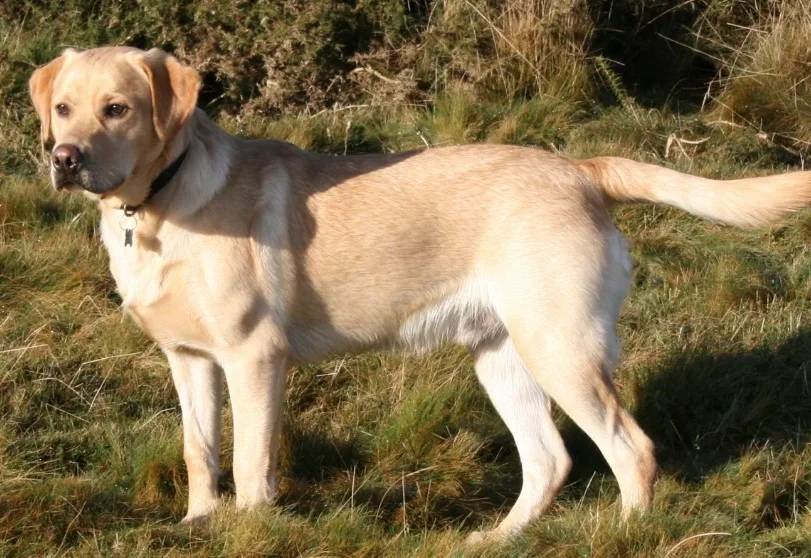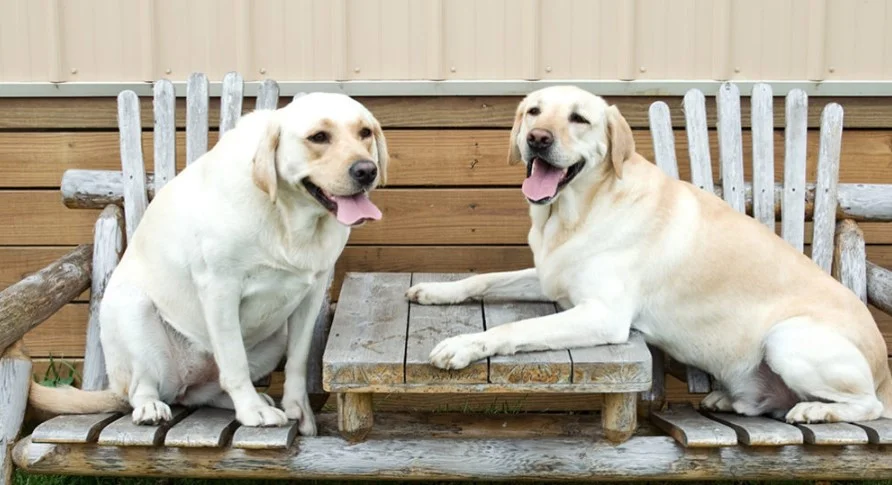How heavy should your dog be? It is a question we are frequently asked. Yet, surprisingly, 40% of animal owners have no idea of their dog’s weight or physical condition level. This guide, along with a dog weight chart and example videos, can help you determine if your dog is at a healthy weight or needs to gain or lose weight. We also go over the importance of well-balanced food in assisting your dog in achieving a healthy weight.
Have you suddenly got a new puppy? When buying a puppy or a dog, there are a lot of things to think about. One factor to consider is the size of your dog. For example, if you live in an apartment, you generally don’t want a large or heavy dog. On the other hand, you may prefer a dog that will grow to be more significant if you have a large yard. A variety of variables determines a dog’s weight.
Other factors to consider when buying a dog
Size:
Your puppy’s height and weight will be determined by a long list of differences. The following are some of these aspects:
Female dogs are often lighter in weight than male dogs. Some molecules are no longer present in the body, and the bones are unsure how much they can develop. Dogs that are neutered early in life tend to grow taller than dogs treated later in life. Inbreed of dog, as you know, dogs are divided into small and large breeds. Like, Chihuahuas will be much lighter and smaller than a Great Dane.
Once you’ve learned more about these additional puppy size characteristics, you might be asking about how to determine the size of your dog.
Weight of the ideal dog
Season, stress levels, and exercise will affect your dog’s weight. Make sure to adjust their nutrient status to meet their particular needs. Feeding your dog 2%–3% of their ideal body weight is a good start. Sight and touch are useful for establish the perfect weight for each individual. Check for a slight waist in your dog. You may look for a table of recommended pet weights to get an idea of how heavy your dog should be weighed. Therefore, almost every table gives this essential information in a range of weights rather than a single value.
If your dog is fat
How heavy should your dog be weighed if this article has solved your question? If your dog is overweight, have a look at our four-step method for losing weight in dogs. One of the most severe health issues for dogs in the United Kingdom is obesity. Forty-six per cent of dogs in the UK are overweight. Obesity in pets’ results in higher medical bills and a shorter life expectancy.
Overweight medical patients make for about one out of all cases. Obesity is the most prevalent avoidable disease in dogs in America. Obesity affects around 25-30% of the dog population, with 40-45 per cent of dogs aged 5-11 years old being overweight.
Your dog’s ribs are visible and feelable, and he has a low body fat percentage. This dog appears to be underweight. You can feel and see their ribs if you go near enough. The waist may be seen while looking at the dog from above. This dog could be a little underweight. Ribs can be felt but not seen. A core can be seen from above. This dog is in good physical condition. Only behind a layer of fat can you feel the ribs. Near the base of the tail, there is a buildup of fat. This dog appears to be a little chubby. Your dog’s neck, arms, and back have excess fat. The abdomen is hanging down or bloated, and there is no waist apparent from above. This dog is overweight.
Estimating the Size of Your Puppy
Do you want to know how large or heavy your dog will grow? If this is the case, you should be aware that there are quite various methods for calculating the answer. To begin, determine the age of your dog. A dog weight chart by age and type or a dog weight calculator can be helpful. The dog weight chart by age and breed will tell you how heavy your dog should grow up. It’s important to note that these figures are estimates. Each dog is unique. This sort of chart, on either hand, is helpful when determining the typical dog weight for your puppy as they grow older.
Small Dog Breeds

Smaller dog breeds will usually treble their 6-week weight repeatedly. So when your little breed or baby breed dog is six weeks old, double their weight once, then double it again. It will give a good idea about how much they’ll weigh when they’re an adult. It would help if you began estimating moderate to giant dog breeds after they reach 14 weeks of age. You’ll increase their weight at that age. After that, you’ll add half of that weight. For instance, if your dog is 15 pounds at 14 weeks, add 15 by 15plus 7.5. It equates to 37.5 pounds. It will give an idea of how much you’re moderate to a big dog will weigh when they are grown up.
You may choose what breed of dog you want to welcome into your household now that you know how heavy your dog should be. Smaller breed dogs may not grow to be as large or heavy as larger breed dogs, but it does not mean they are the ideal type of dog for you. Before getting a dog, there are many things to consider, and one of them is weight. It’s also necessary to keep in mind that proper nutrition for your dog is essential.
What should I feed my dog in terms of quantity?
The ideal weight for your dog’s breed or crossbreed determines how much you should feed them. To begin, determine how heavy your dog should be. Your doctor will be able to tell you if you don’t even have that information. Then figure out how much you should feed your dog based on instructions on the package. If you have a puppy, you should feed them a specific diet to help them develop and grow.
What should my dog’s weight be?
Every dog is unique, and no matter how carefully you feed your dog, some dogs will not grow to be as large or heavy as other dogs of the same type. Many, on the other hand, may increase significantly. However, there are two reasonably accurate techniques to predict how big your dog will grow. You are keeping track of your dog’s parents’ height and weight. Even if the height and weight of the parents are unknown, most dogs grow of about the same size as other dogs of the same breed.
There are a variety of factors that can impact your dog’s weight. Some dogs gain muscle more quickly and weigh more, while others are smaller and yet healthy. If your dog’s weight isn’t in the ranges, but they look to be in good health, it’s likely that they are. Make an appointment with your doctor for a check-up if you want to be sure.
Dogs must maintain a healthy body weight inability to exist an active, healthy life, and as a dog owner, it is your responsibility to ensure that they do so. Given that a dog’s average lifetime is between ten and thirteen years, the strength with which it exercises, how often it gets to do so, and, of course, its daily food intake variation are the most significant aspects to consider when it comes to your pet’s weight. Given this, there are clear benefits to keeping your dog’s weight at a healthy level; but, how can you determine whether your dog is at a healthy weight?
FAQs about dog weight
What is the best way to tell whether your dog is at a healthy weight?
If you can feel the outlines of your dog’s ribs with your hands (rather than having to use your fingers to push through fatty tissue to feel the ribs), your dog is actually the correct weight. Your dog may be too thin if you can feel the rough edges of projecting ribs with only your hands.
What is the ideal weight for my dog?
You may use a dog weight chart by age and breed to figure out how heavy your dog should be? To obtain this result, you might use a dog weight calculator method.
What is the estimated weight of my puppy?
You may use a puppy weight chart to figure out how much your puppy should weigh. Many of these charts will show you how much a puppy will consider and how heavy an adult dog will be.
Final Verdict
Make sure you are aware of your dog’s body weight. If you’re unsure, consult your doctor. Follow the dog food packaging instructions to feed your dog the correct quantity for their ideal body weight. Snacks are considered as part of your dog’s calorie intake, and high-calorie treats should be replaced with healthy options. Feeding your human-dog food is not a good idea. Weigh your dog regularly or use the body condition scoring system to evaluate their health. Make a note on your calendar to do this once a month. Please verify that your dog receives the appropriate quantity of exercise for its gender.




